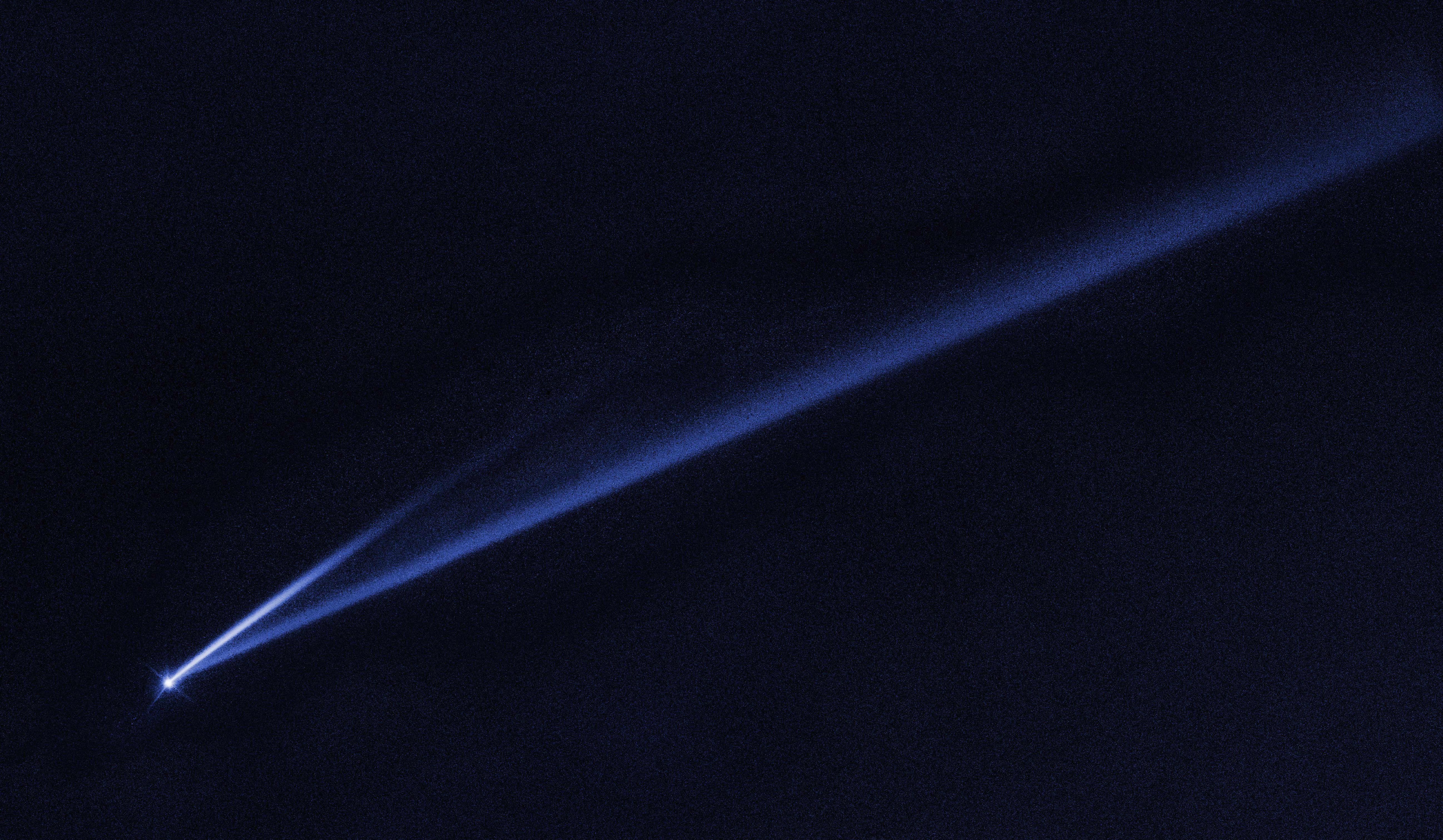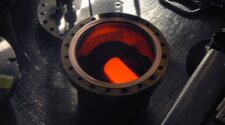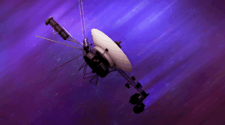
Thanks to the advanced imaging capabilities of NASA’s Hubble Space Telescope in cooperation with other observatories, astronomers were able to identify and explain a rare and beautiful object in the distant sky: an active asteroid that is in the process of coming apart.
The image of the asteroid known as 6478 Gault shows two narrow, comet-like tails of debris surrounded by bright stars. Its location in the cosmos is roughly 214 million miles (344 million kilometers) from the Sun, between the orbits of Mars and Jupiter.
“Active and unstable asteroids such as Gault are only now being detected by means of new survey telescopes that scan the entire sky, which means asteroids such as Gault that are misbehaving cannot escape detection any more,” explained Olivier Hainaut of the European Southern Observatory in Germany, a member of the Gault observing team.
All-sky surveys, ground-based telescopes, and space-based facilities like the Hubble Space Telescope — a joint project of NASA and the European Space Agency — pooled their efforts to make this discovery possible, NASA said.
Discovered in 1988, Gault is estimated to be millions of years old. It is soon to see the end of its planetary journey.
NASA said Gault is only the second asteroid whose disintegration has been strongly linked to a process known as a YORP effect, which forces an asteroid to spin so fast that it becomes unstable (YORP stands for “Yarkovsky-O’Keefe-Radzievskii-Paddack,” the names of four scientists who contributed to the concept). Resulting landslides on the asteroid release dust and debris into space, creating the two distinct dust tails seen on Gault.
The asteroid’s narrow streamers suggest that the dust was released in short bursts, lasting anywhere from a few hours to a few days. Based on observations by the Canada-France-Hawaii Telescope, the astronomers estimate that the longer tail stretches over half a million miles (800,000 kilometers) and is roughly 3,000 miles (4,800 kilometers) wide. The shorter tail is about a quarter as long. The tails will begin fading away in a few months as the dust disperses into interplanetary space.
Approximately 800,000 known asteroids reside between Mars and Jupiter, and they may fly apart at the rate of roughly one per year.
By closely examining the dust and debris particles in the tails (using Hubble and other telescopes) researchers glean clues about planet formation in the early days of the solar system.
Gault will be closely watched and examined during the remainder of its life for more clues to the Universe.



